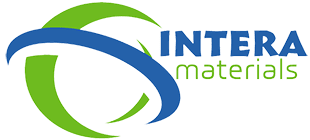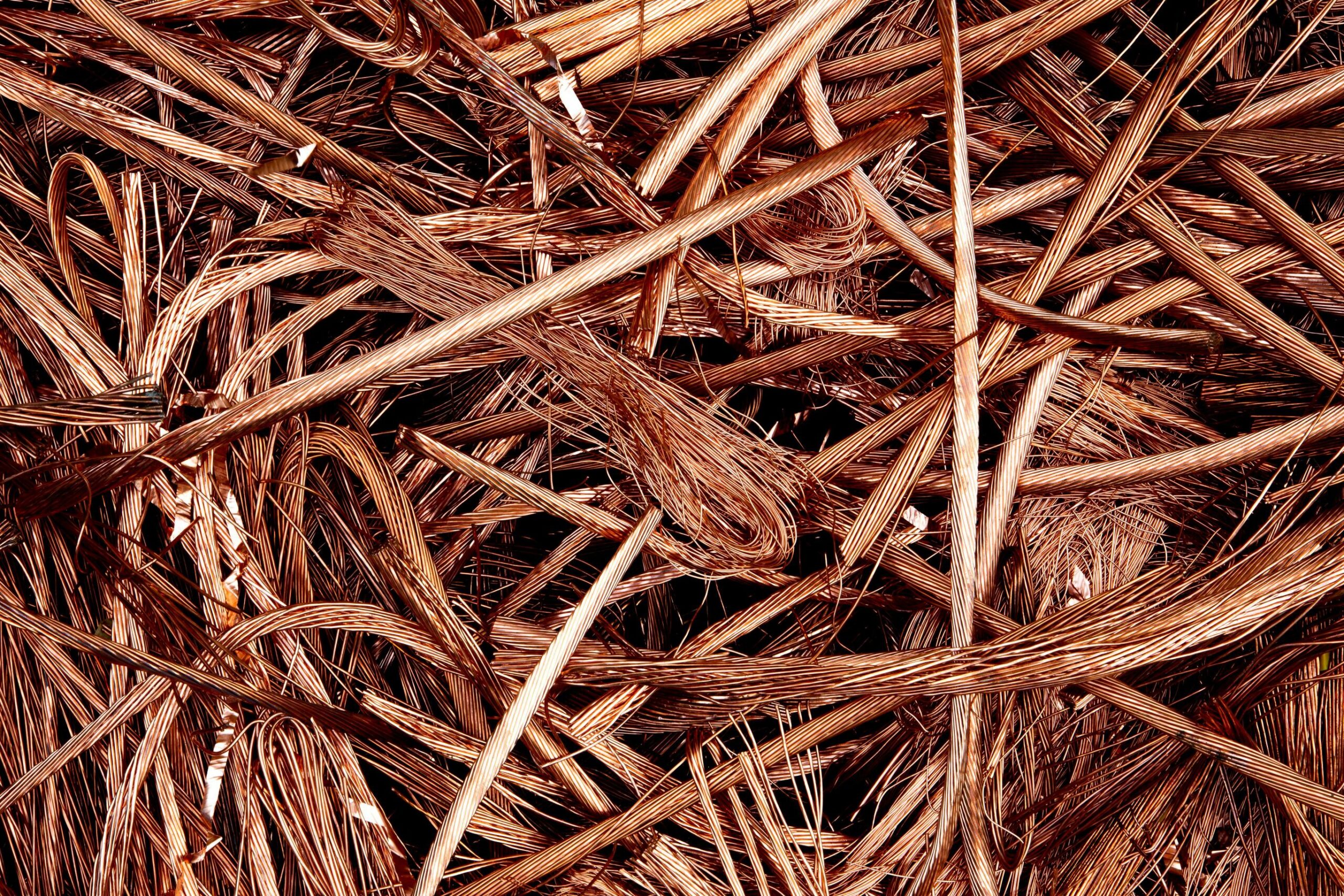Copper is one of the most widely used metals in the world due to its versatility, durability, and excellent conductivity. From electronics to construction, copper’s properties make it an essential material in various industries. However, with the growing demand for copper and the environmental impact of mining, copper scrap recycling has become an increasingly important topic in both environmental sustainability and economic efficiency.
Why Copper Recycling is Important
Copper recycling offers several benefits, both for the environment and the economy. Here are some key reasons why recycling copper scrap is essential:
Preserves Natural Resources
Copper is a finite resource. While copper ore is still available, it is becoming more challenging and costly to mine. By recycling scrap copper, we reduce the need to extract new copper from the Earth, which helps preserve natural resources for future generations.
Reduces Energy Consumption
The process of mining and refining copper ore is highly energy-intensive. Recycling copper scrap, on the other hand, requires significantly less energy—up to 85-90% less than primary production. This energy savings translates into a smaller carbon footprint, making copper recycling an environmentally friendly choice.
Minimizes Environmental Impact
Copper mining often results in environmental degradation, including habitat destruction, water pollution, and soil contamination. Recycling copper scrap reduces the need for new mining activities, lowering the overall environmental impact.
Economic Benefits
Recycling copper can be highly profitable. With the value of copper on the rise, companies that invest in copper recycling processes can benefit from selling scrap copper at a premium. Additionally, copper recycling supports a circular economy, where materials are reused rather than disposed of, leading to a more sustainable and resilient economy.
The Copper Recycling Process
The process of recycling copper scrap is straightforward yet highly efficient. It typically involves the following steps:
1. Collection and Sorting: Scrap copper is collected from various sources, including old electronics, electrical wiring, plumbing pipes, and industrial equipment. The copper scrap is then sorted by type and quality.
2. Processing and Melting: After sorting, the copper scrap is cleaned to remove any impurities or contaminants, such as insulation or coatings. The cleaned copper is then melted in a furnace. This melting process requires less energy compared to extracting copper from ore.
3. Refinement: Once melted, the copper is refined to achieve the desired purity level. This process removes any remaining impurities to produce high-quality recycled copper that can be used in a wide range of applications.
4. Casting and Manufacturing: The refined copper is cast into forms like sheets, rods, or ingots, which can then be used by manufacturers in various industries, such as electronics, automotive, and construction.
Types of Copper Scrap
Copper scrap comes in different forms and is classified based on its quality and usability:
– Bare Bright Copper: This is the highest-quality copper scrap and commands the highest price. It consists of pure, uncoated copper wire with no oxidation or impurities.
– #1 Copper: This type includes clean, unalloyed copper, such as copper pipes or tubes, with minimal oxidation or residue.
– #2 Copper: #2 copper includes materials with slight oxidation or coatings, like painted or soldered copper pipes.
– Insulated Copper Wire (ICW): ICW consists of copper wire insulated with plastic or rubber, commonly found in electrical wiring. The insulation needs to be removed before the copper can be melted and refined.
The Economic and Environmental Impact of Copper Recycling
In recent years, the demand for recycled copper has grown, largely driven by the rise in electronic waste and the global push for sustainability. Recycling copper scrap not only supplies the market with a reliable source of copper but also reduces the reliance on primary production, helping to stabilize prices and reduce market volatility. This demand is particularly high in sectors such as electronics, renewable energy, and electric vehicles, all of which rely heavily on copper.
Challenges in Copper Scrap Recycling
While copper recycling is beneficial, it also faces certain challenges:
1. Contamination: Scrap copper is often mixed with other materials, which can complicate the recycling process. Removing these contaminants requires time and resources, and contaminated copper may have to undergo additional refinement to meet quality standards.
2. Price Volatility: The price of copper scrap is influenced by global market conditions, making it susceptible to fluctuations. This can affect the profitability of recycling operations and impact the supply chain for manufacturers relying on recycled copper.
3. Access to Scrap Material: As demand for recycled copper increases, competition for scrap copper also rises. This can drive up prices and make it difficult for smaller recycling companies to secure a steady supply of raw material.
Copper scrap recycling is not only economically viable but also essential for reducing the environmental impact associated with copper production. As industries around the world become more conscious of their ecological footprint, the demand for recycled copper will continue to grow. By supporting copper recycling, businesses, and consumers can contribute to a sustainable, circular economy that reduces waste, conserves natural resources, and protects the environment for future generations.
Intera Materials pays cash for your copper scrap. Learn more about the materials we accept. Located in Jessup, Maryland, Intera Materials serves the recycling needs of individuals and businesses from Baltimore to D.C., Gaithersburg, Rockville, Columbia, Laurel, Glen Burnie, Severn, Bowie & beyond.



